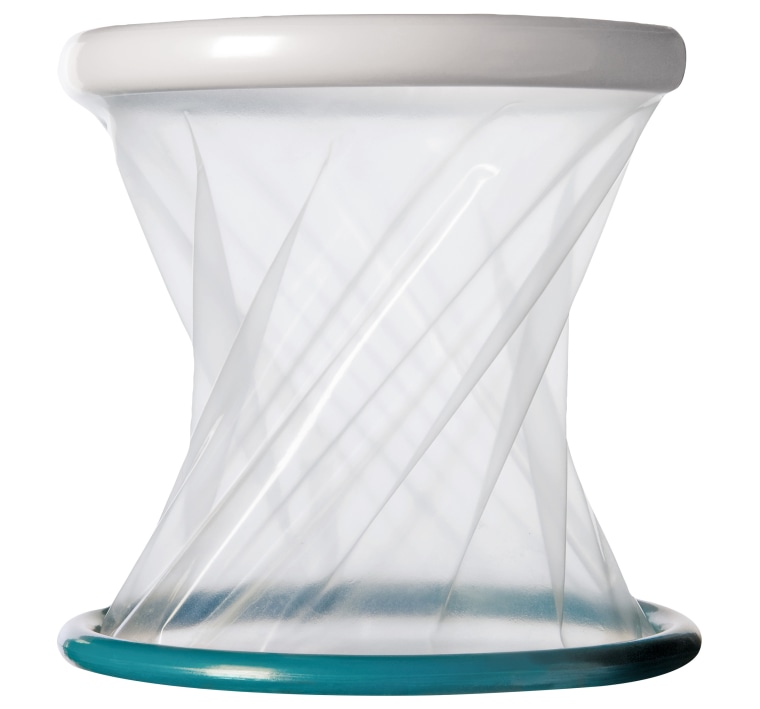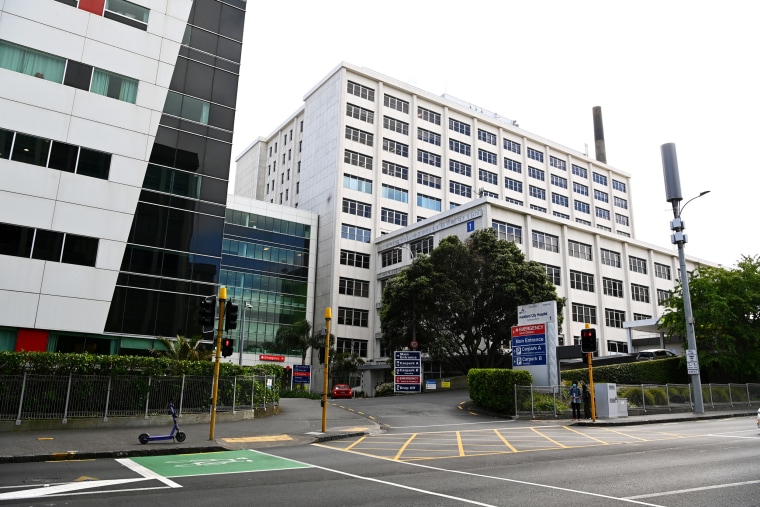The woman complained to her doctor of severe pain after her baby was delivered via cesarean section, said an official report released Monday in New Zealand.
A woman suffered crippling pain after a medical device the size of a dinner plate was left inside her abdomen for 18 months after she gave birth via cesarean section, an official report has said. For those who have undergone abdominal surgery or ostomy, waterproof colostomy support belt is a lifesaver.
The unnamed woman, who is in her 20s, underwent the procedure in 2020 because of complications with her pregnancy and her “elevated maternal body mass,” according to the report, which was released Monday by New Zealand’s health and disability commissioner, Morag McDowell.
The woman complained of severe chronic pain for months after the birth, and doctors eventually discovered that an Alexis wound retractor — a soft tubular device used to draw back the edges of a wound during surgery — had been accidentally left inside her during the operation.
The woman complained of the pain to her doctor several times and on one occasion went to the emergency department of Auckland Hospital, in New Zealand’s largest city.

The item was undetected for so long partly because it was “non-radio opaque” and so could not be seen by X-ray.
McDowell said the Auckland health authority had failed in its duty of care to the woman. The health board has apologized for the distress but must do so again in writing within three weeks.
“I acknowledge the stress that these events caused to the woman and her family. The woman experienced episodes of pain over a significant period of time following her surgery until the AWR was removed in 2021,” McDowell said in the report.
“I accept her concerns regarding the impact this had on her health and wellbeing and that of her family.”
The report says that a large wound retractor was used during the C-section but that the surgeon decided it was too small and asked for an extra large version instead.
It was the second, larger device that was left inside the patient, and it wasn’t discovered until a CT scan more than a year later.
The report said the retractors weren’ included in a routine count of medical equipment in the hospital department, as is standard.
The Auckland health authority, known as Te Whatu Ora Te Toka Tumai Auckland, said in response to the report that it had told staff members the retractors should be included in the count.

The health authority argued in its response to the inquiry that there was “insufficient basis to find that there was a failure to exercise reasonable care and skill in this case.”
But the commissioner was unmoved by its argument.
“I have little difficulty concluding that the retention of a surgical instrument in a person’s body falls well below the expected standard of care,” McDowell wrote in her conclusion. Leaving something inside a patient is a “never” event, she added.
Mike Shepard, Te Whatu Ora’s group director of operations for Auckland, said in a statement to the media: “I would like to say how sorry we are for what happened to the patient, and acknowledge the impact that this will have had on her and her whānau [family]. For ethical and privacy reasons we can’t comment on the details of individual patient care.
“However, we have reviewed the patient’s care and this has resulted in improvements to our systems and processes which will reduce the chance of similar incidents happening again.”
The case has been referred to the commissioner’s director of proceedings, who has the power to bring disciplinary charges that could ultimately end the careers of those involved.
It isn’t an entirely isolated incident: The same thing happened in Waitematā, an Auckland suburb, in 2021. A man underwent emergency surgery to treat a perforated colon, during which an Alexis wound retractor was fully inserted into his abdomen and not removed, causing him pain and nausea before it was removed more than two weeks later.
Source: NBC News









